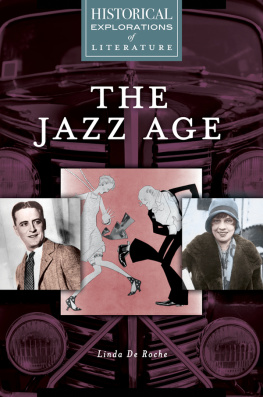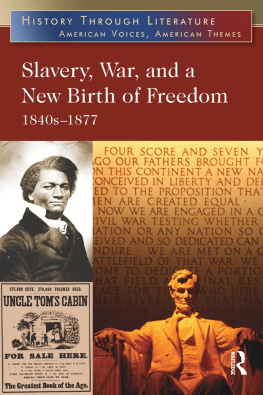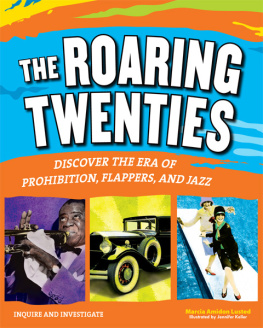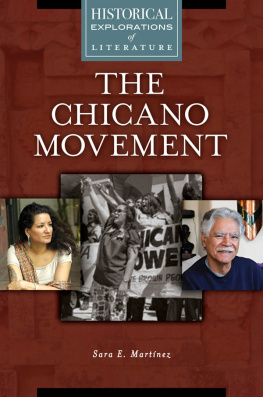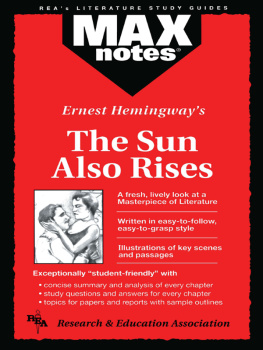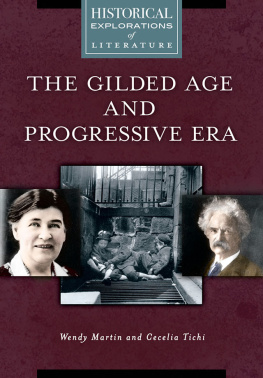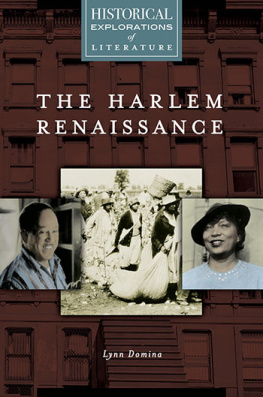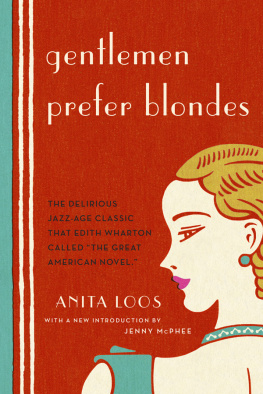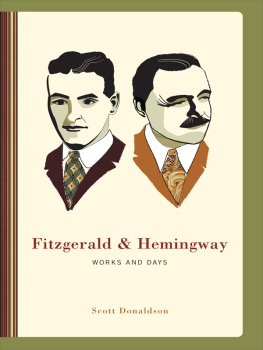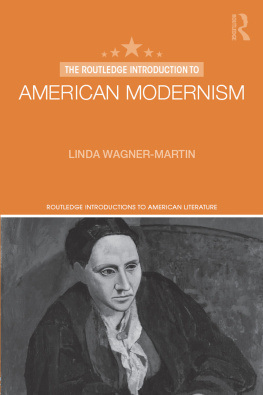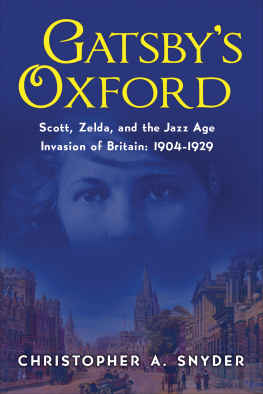The Jazz Age
Recent Titles in Historical Explorations of Literature
The Harlem Renaissance: A Historical Exploration of Literature
Lynn Domina
American Slavery: A Historical Exploration of Literature
Robert Felgar
Copyright 2015 by ABC-CLIO, LLC
All rights reserved. No part of this publication may be reproduced, stored in a retrieval system, or transmitted, in any form or by any means, electronic, mechanical, photocopying, recording, or otherwise, except for the inclusion of brief quotations in a review, without prior permission in writing from the publisher.
Library of Congress Cataloging-in-Publication Data
De Roche, Linda.
The Jazz Age : a historical exploration of literature / Linda De Roche.
pages cm. (Historical explorations of literature)
Includes bibliographical references and index.
ISBN 978-1-61069-667-8 (hardback) ISBN 978-1-61069-668-51.American literature20th centuryHistory and criticism.2.Nineteen twenties.3.Jazz in literature.4.Modernism (Aesthetics)United States.I.Title.
PS223.D4 2015
810.9'0052dc232015022751
ISBN: 978-1-61069-667-8
EISBN: 978-1-61069-668-5
191817161512345
This book is also available on the World Wide Web as an eBook.
Visit www.abc-clio.com for details.
Greenwood
An Imprint of ABC-CLIO, LLC
ABC-CLIO, LLC
130 Cremona Drive, P.O. Box 1911
Santa Barbara, California 93116-1911
This book is printed on acid-free paper 
Manufactured in the United States of America
To Stphane,
What serendipity!

Contents

The Historical Explorations of Literature series is designed to help students understand key works of American literature by putting them in the context of history, society, and culture through historical context essays, literary analysis, chronologies, primary source documents. Each volume in the series covers four or five canonical works related to a particular area of American literaturesignificant literary productions of the Jazz Age or the Harlem Renaissance, for example. For each title covered, students will find a brief synopsis of the work; separate essays on the works historical background and the authors biographical background; an essay on Why We Read This Work, summarizing the works enduring value and significance; and a series of thematic Historical Explorations that include a selection of related primary documents.

I am most pleased to acknowledge the research assistance of Cydnie Flowers, an English major at Wesley College, whose tenacity helped in locating obscure documents and whose knowledge of American literature made her the perfect sounding board for my explorations of these Jazz Age novels. I also wish to thank my editor, Michael Millman, for his patience when life intervened. Without the support of my husband Stphane, in sickness and in health, this work would have been impossible. For that, and more, he has all my love.

The winds of change were rustling the social and political landscape during the Jazz Age, the name with which its greatest chronicler, the author F. Scott Fitzgerald, christened the decade of the 1920s. Some called it the Roaring Twenties, but jazz, evoking both a type of modern music that meshed African American with European traditions and a slang term, probably derived from Creole patois referring to strenuous activity, to quick-paced excitement, especially connected to sexual activity, captured precisely the eras tone. Used as a verbto jazz up or to jazz aroundor as a nounall that jazz, bright young things were right on trend. The word flouted conventions and expressed all the self-conscious indifference of a new generation to tired, outmoded standards that a world war and advances in technology had made to seem irrelevant. It was new, it was modern, and to its syncopated rhythms and improvised riffs, the twentieth century would finally spring to life.
The rise of jazz coincided with, contributed to, and represented the social and cultural changes associated with Modernism, a movement that sought to break with the past, and the modern era, which was marked by a general feeling of discontinuity. With its African American origins, jazz should have appealed to a relatively small audience, but the Great Migration of freedmen and women who settled in the nations Northern cities, in New York, Chicago, Detroit, Philadelphia, exposed it to a white middle class who was hungry for something other than classical music and the measured one, two, three of the waltz and its stately dance steps. This was, after all, the era of the Harlem Renaissance, the first full flowering of African American culture, when all things Negro, as African Americans were then called, became fashionable. In Harlems Cotton Club, white patrons gyrated to the eras new dances, the Charleston, the Breakaway, and the Lindy Hop, which had also originated in African American culture, and applauded the performances of jazz masters Fletcher Henderson and Duke Ellington. Even those living in the nations hinterlands could follow the trend, and enjoy one of the eras new technologies, by listening to jazz performances, called potter palm concerts, broadcast over the radio airwaves. While jazz may not have significantly advanced race relations in the country, as might have been expected from this fusion of African American traditions and white middle-class ideals, it did at least set the tone and pace of the decade. It also encouraged the rebellion of the nations youth that had begun in the aftermath of World War I and who were now eager to draw a line beneath the past.
Women were among the groups most eager to embrace the modern. While the New Woman had in fact been evolving since the late nineteenth century, the Jazz Age accelerated her transformation into the flapper, the embodiment of the eras changes. In 1920, after all, with the passage of the Nineteenth Amendment to the U.S. Constitution, women had finally attained the right to vote, and they were increasingly taking their place in the workforce rather than keeping the home fires burning. With their political and economic independence they redefined the gender roles and expectations with which they had grown into adulthood and made a fashion statement to mark the change. They bobbed their hair, raised their hemlines, smoked cigarettes, and drank bootleg liquor in the speakeasies and clubs that flourished during Prohibition. Flouting conventional manners and mores, flappers flirted; they flaunted their sexuality. Petting parties became the rage. The sexual double standard would not deter these young women from asserting their desires and assuming control of their lives. A popular hit of the era, Aint We Got Fun, could have been the anthem for the flapper, whose very being signaled a dramatic shift in life as it had been.
No less important to the eras roar than the rise of jazz culture and the invention of the flapper was Prohibition, the noble experiment to eliminate the social and health problems related to alcohol that went into effect seconds after midnight on January 16, 1920. Even before the law that made criminals of the majority of the nations adult population was reality, enterprising speculators and organized crime bosses, seizing the opportunity to make a fortune, were opening speakeasies and trafficking in bootleg liquor. Others were manufacturing bathtub gin and other intoxicating spirits, many of which were more serious health risks than the whiskey and rum for which they were poor substitutes. At house parties like those hosted by

